Distracting decadence: how Silvio Berlusconi’s legacy shaped Italian TV
Stefano De Luigi's monograph Televisiva examines how Berlusconi’s empire reshaped Italian TV, and subsequently infiltrated the premiership
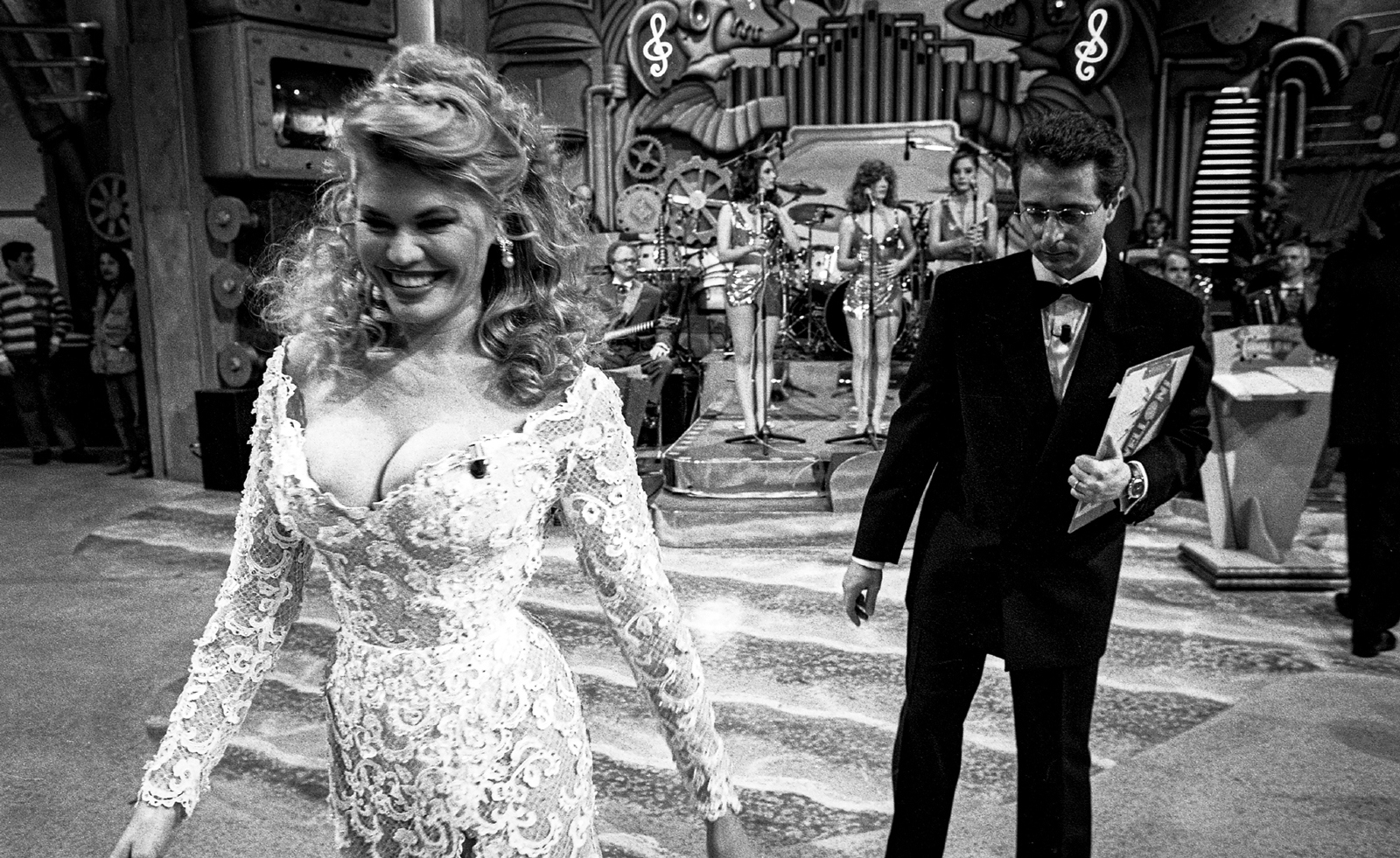
In his glossy 2018 feature Loro, director Paolo Sorrentino offers a contentious depiction of the late media tycoon-turned-political heavyweight Silvio Berlusconi, largely echoing the stylish veneer adopted by the controversy-laden Italian mogul (writing in The Guardian in 2019, Peter Bradshaw described the film’s lead, Sorrentino’s frequent collaborator Toni Servillo, as ‘such a smart and sympathetic actor that he surrounds Silvio with an aura that he doesn’t deserve’). In his new monograph Televisiva, Stefano De Luigi assumes a different position, interrogating Berlusconi’s legacy by focusing on how his empire reshaped Italian TV, and subsequently infiltrated the premiership.
‘I was living in France, so it was “how can I explain, to a foreign public, how it’s possible that this tycoon is taking political power in Italy”,’ the photographer says today, recalling the project’s beginnings following Berlusconi’s initial ascent to power in March 1994, having founded the centre-right party Forza Italia just a few months prior. ‘I thought, as a photographer, I need a place, an environment, I need something visual.’
Working for foreign press gave him access to, and agency within, television studios (‘It was very easy, people were flattered’) and he began what would ultimately become a 15-year project documenting the country’s changing media landscape, and audiences’ complicity in it (the book’s scenes he describes as a ‘perfect mirror of society’).
The images in Televisiva highlight a fashion for grossly decadent game shows
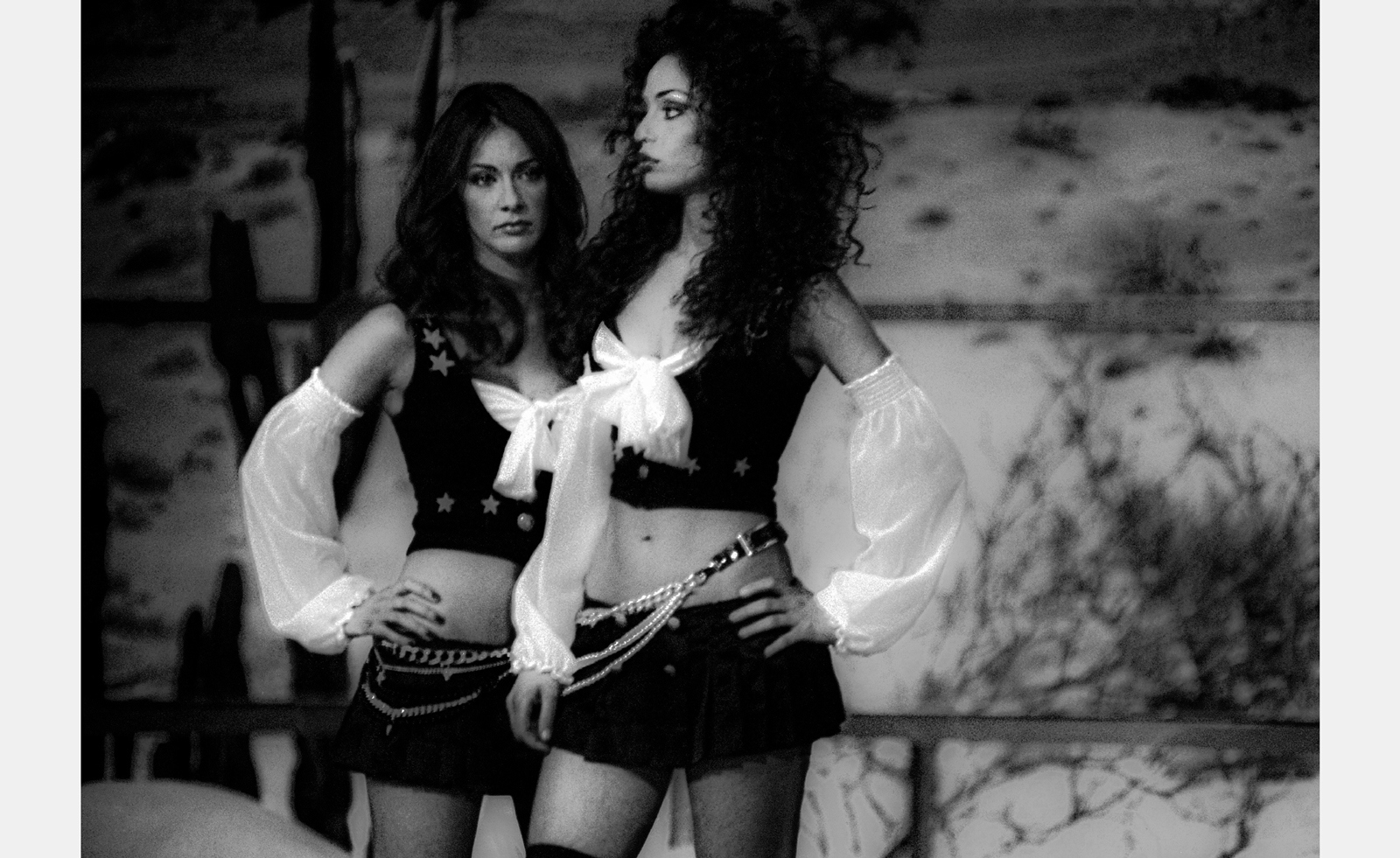
Shot exclusively in black and white, the images in Televisiva highlight a fashion for grossly decadent game shows: glamorous women, usually young and often not wearing much, are a frequent motif, while older men appear mostly in suits, others in some form of fancy dress. A further picture, rejecting these tropes, foregrounds the emergence of a new era in television, with a bare-chested man fixing his hair, a small microphone hanging around his neck. It’s a familiar sight for more contemporary audiences privy to shows like Love Island, but the young man here is one of the early contestants on Italian Big Brother, Grande Fratello. ‘I thought maybe I was ending the work in 2000, but then there was the first edition of Big Brother; a big change,’ shares De Luigi. ‘I thought, “It’s not the television anymore, going into the houses of Italians, it is the Italians going inside the television”.
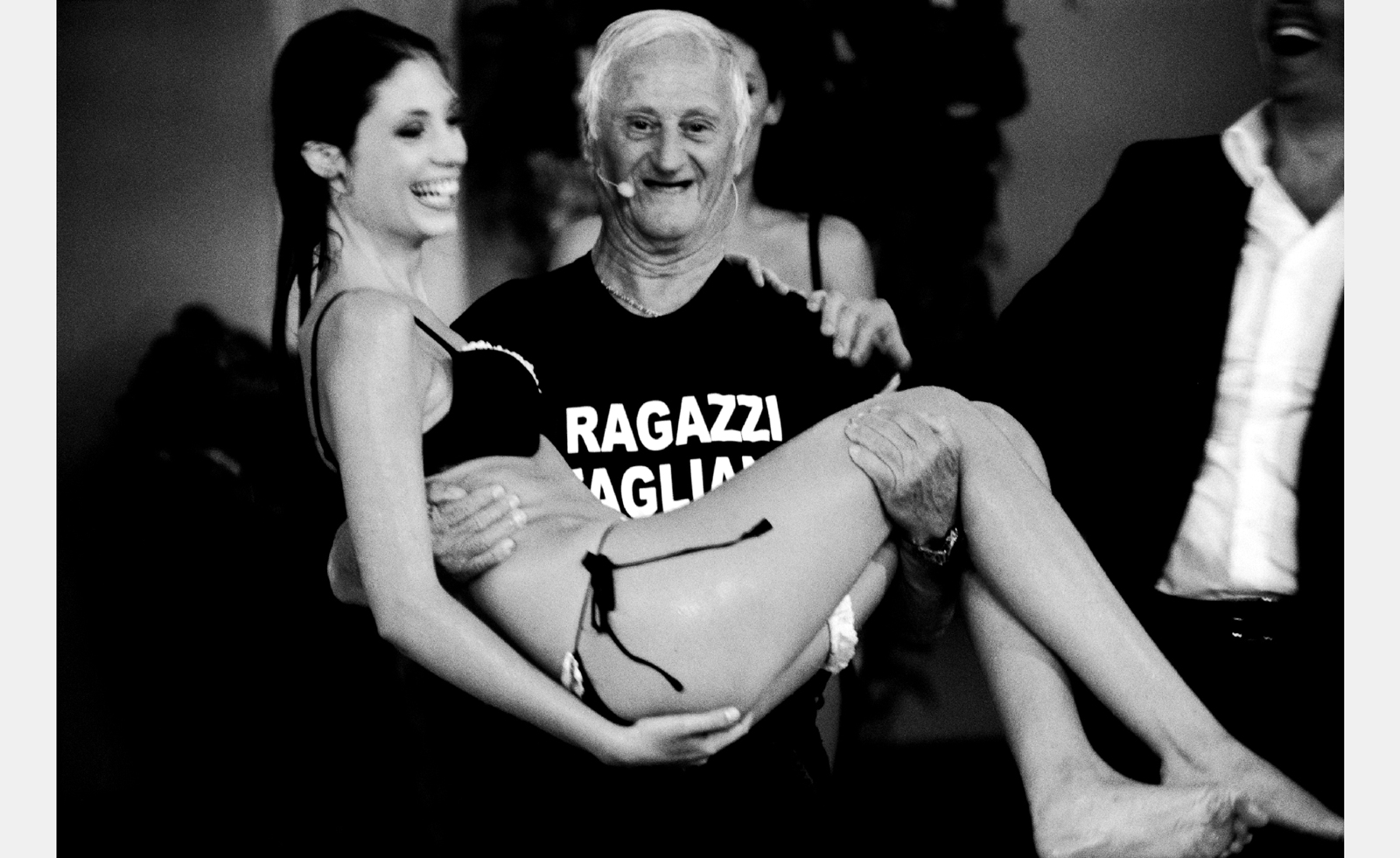
‘You could really build your career… [Matteo] Salvini and [Matteo] Renzi, two main political figures in Italy, they started on game shows’
Stefano De Luigi
‘From 1994 to 2000 television was very divisive, as they introduced this “either you think like me, or you are an enemy [attitude]”,’ he continues, reflecting on the rise of Berlusconi and concurrently, this new perspective (by 2002, the mogul would have some form of control over 90 per cent of Italian TV). ‘There was no space for critical thoughts. What we could see on television then in Italy was this new spirit, of freedom and expression – the terrorism years were not so far away – so this kind of programme, very light and amusing on the surface [became popular].’
The photographer, however, argues that it pushed an agenda, presenting women like furniture and adopting a type of vulgarity he found tough to navigate. This opinion proved an anomaly: many others were encouraged to appear on TV as an avenue for professional opportunities. ‘You could really build your career – one Big Brother participant [Rocco Casalino], for three years he was the spokesman of the government,’ notes the photographer. ‘Today it’s the same, [Matteo] Salvini and [Matteo] Renzi, two main political figures in Italy, they started on game shows.’
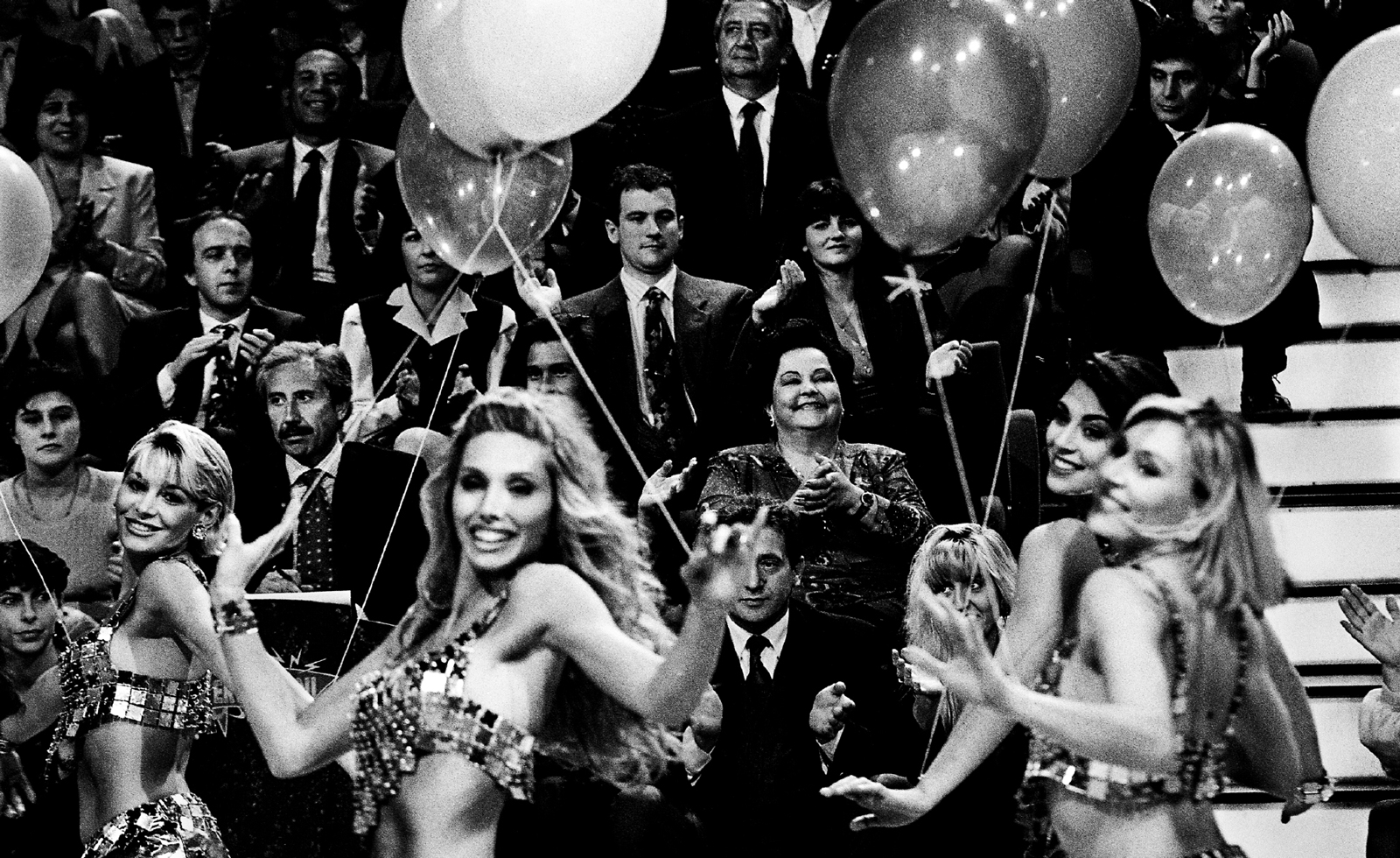
De Luigi’s decision to shoot solely in black and white was a responsive one, employed to create distance, he explains. ‘These television shows were very colour-saturated – I wanted people to understand what they were watching. [With black and white] suddenly they describe another world, much more pathetic, more violent and pornographic; if you were watching in colour it was like a circus. It was very Fellinian somehow, but for me the message was horrible.’
Wallpaper* Newsletter
Receive our daily digest of inspiration, escapism and design stories from around the world direct to your inbox.
Similarly, publishing the photography book now, more than a year since Berlusconi’s passing, was a conscious choice and one that De Luigi hopes will provide a greater historical lens, additionally underscoring the parallels between Berlusconi’s trajectory and more current political figures. ‘These pictures aren’t immediately connected to a folkloristic character like Berlusconi, they can be understood by many,’ he offers. ‘I was a privileged observer, because I was living outside, I could really watch what was going on then. I was in the right time, the right place, so I worked on this subject because I was really concerned. I'm still concerned, somehow.’
Televisiva by Stefano De Luigi is published by L'Artiere, €55, lartiere.com
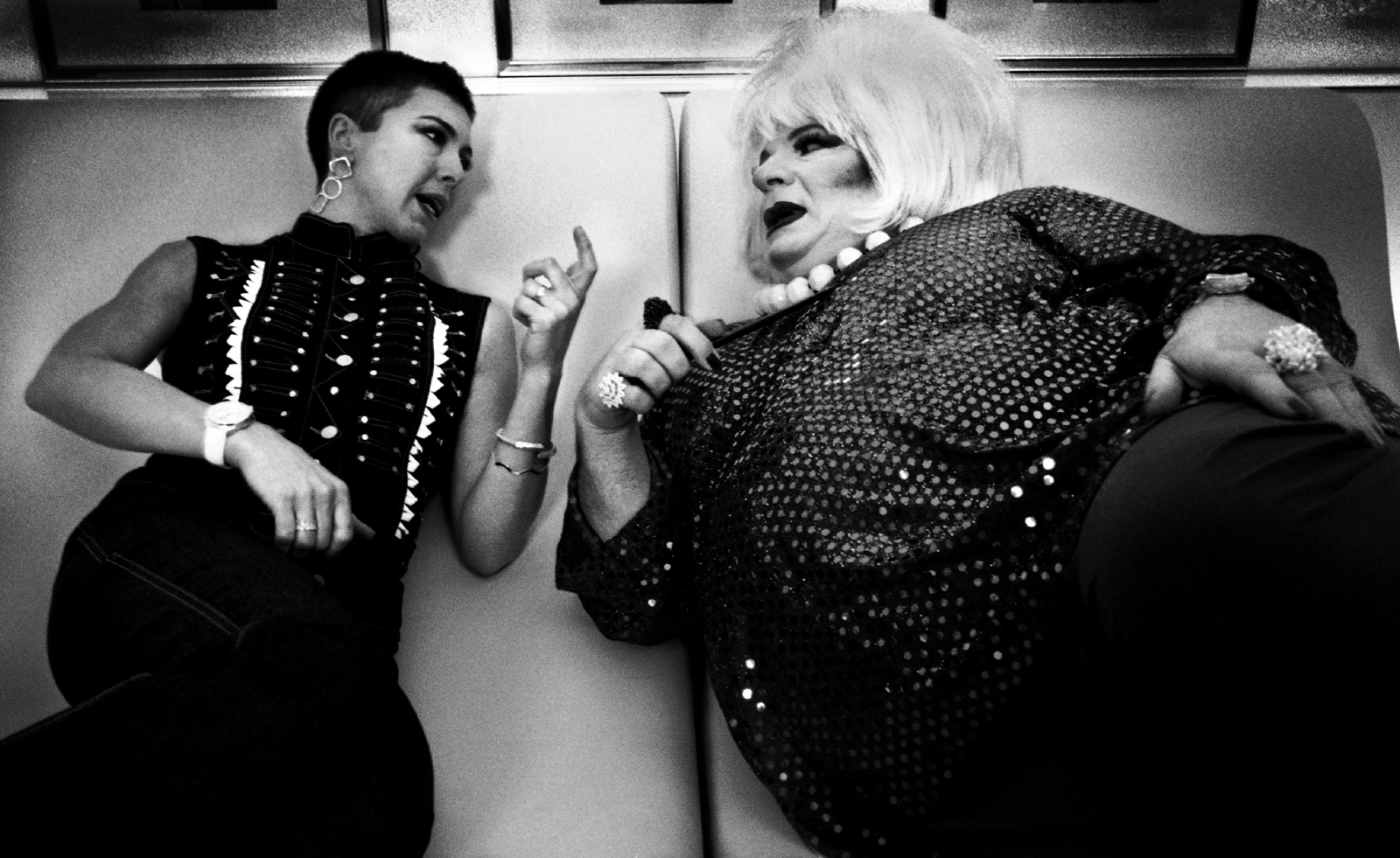
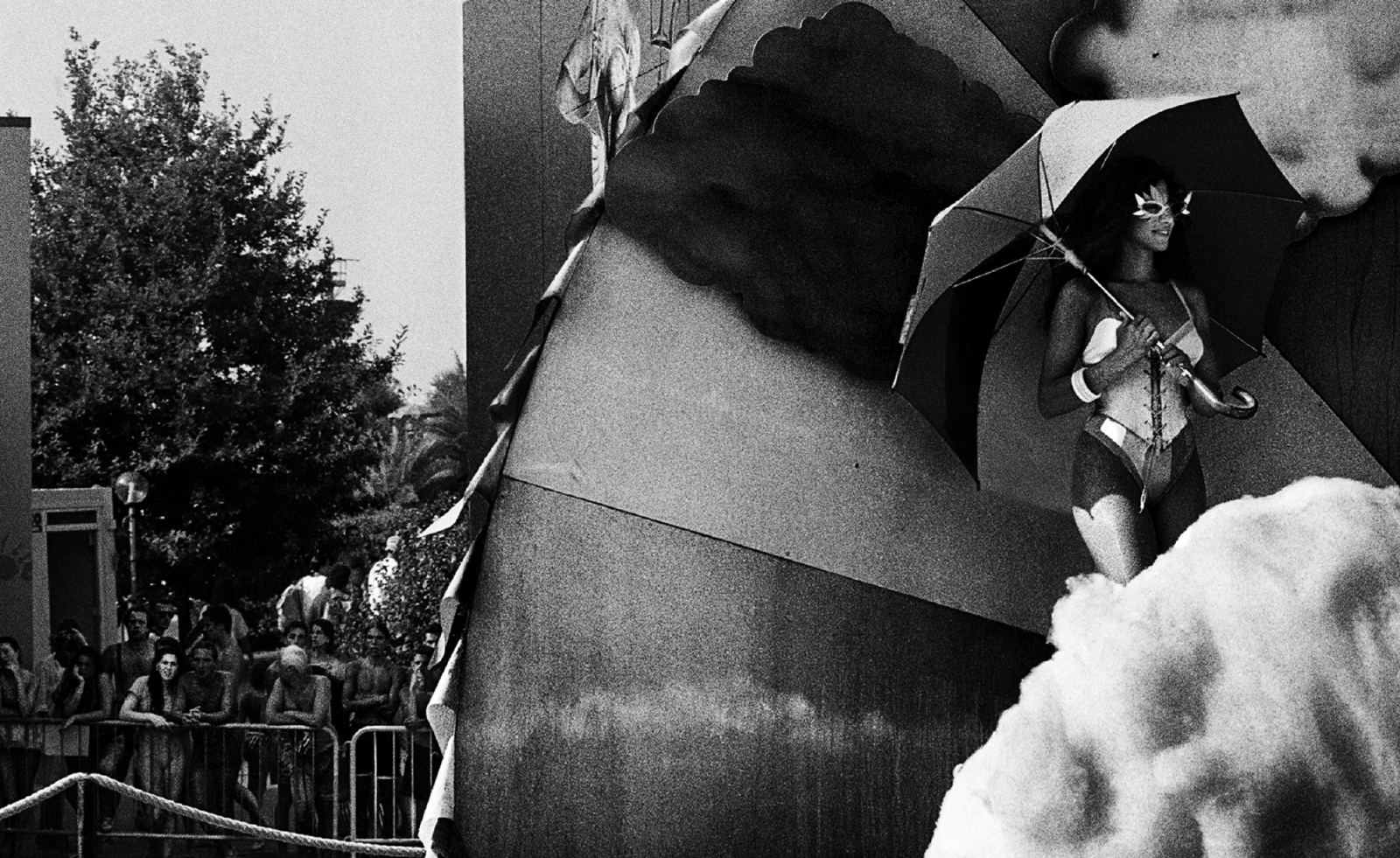
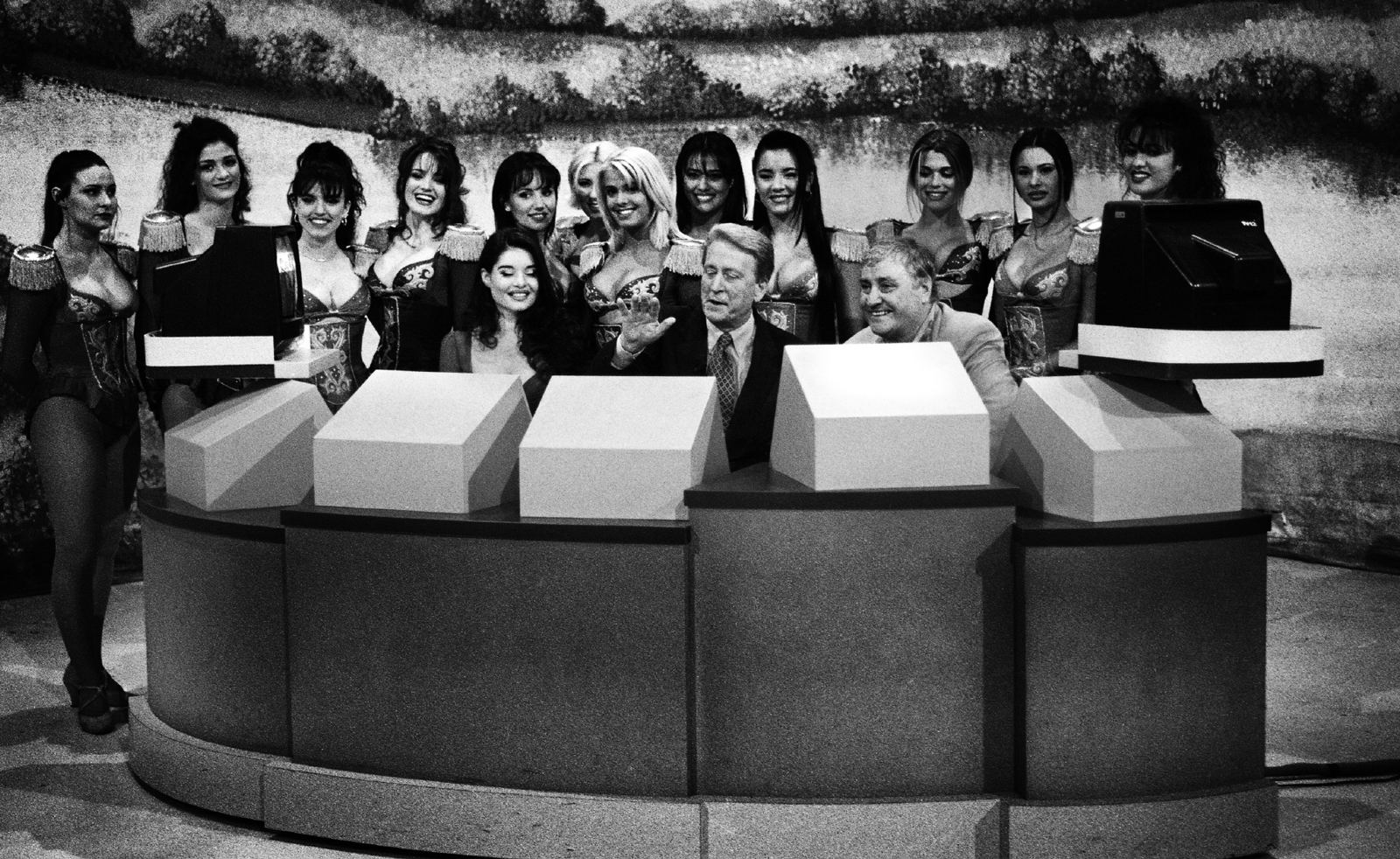
Zoe Whitfield is a London-based writer whose work spans contemporary culture, fashion, art and photography. She has written extensively for international titles including Interview, AnOther, i-D, Dazed and CNN Style, among others.
-
 Extreme Cashmere reimagines retail with its new Amsterdam store: ‘You want to take your shoes off and stay’
Extreme Cashmere reimagines retail with its new Amsterdam store: ‘You want to take your shoes off and stay’Wallpaper* takes a tour of Extreme Cashmere’s new Amsterdam store, a space which reflects the label’s famed hospitality and unconventional approach to knitwear
By Jack Moss
-
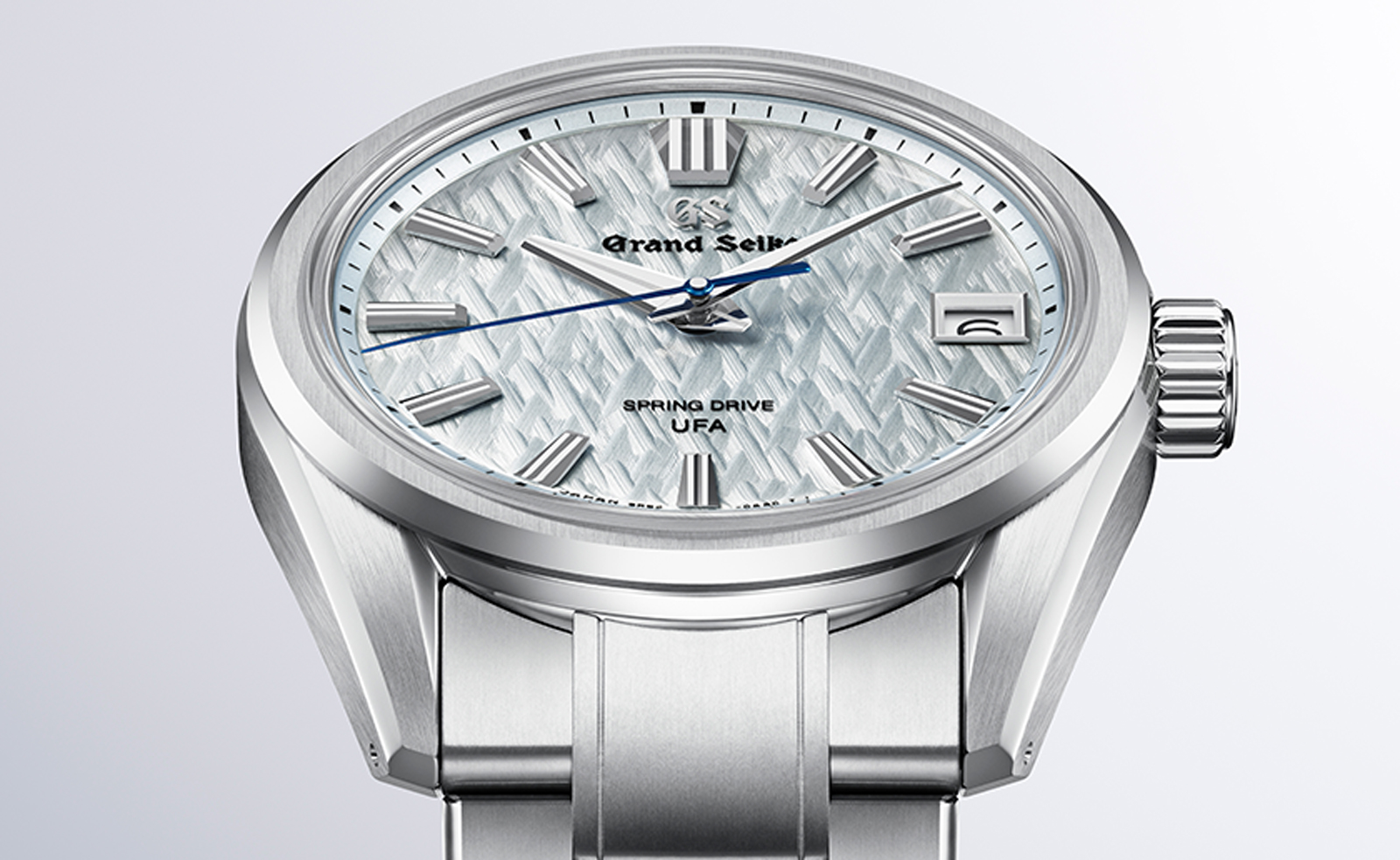 Titanium watches are strong, light and enduring: here are some of the best
Titanium watches are strong, light and enduring: here are some of the bestBrands including Bremont, Christopher Ward and Grand Seiko are exploring the possibilities of titanium watches
By Chris Hall
-
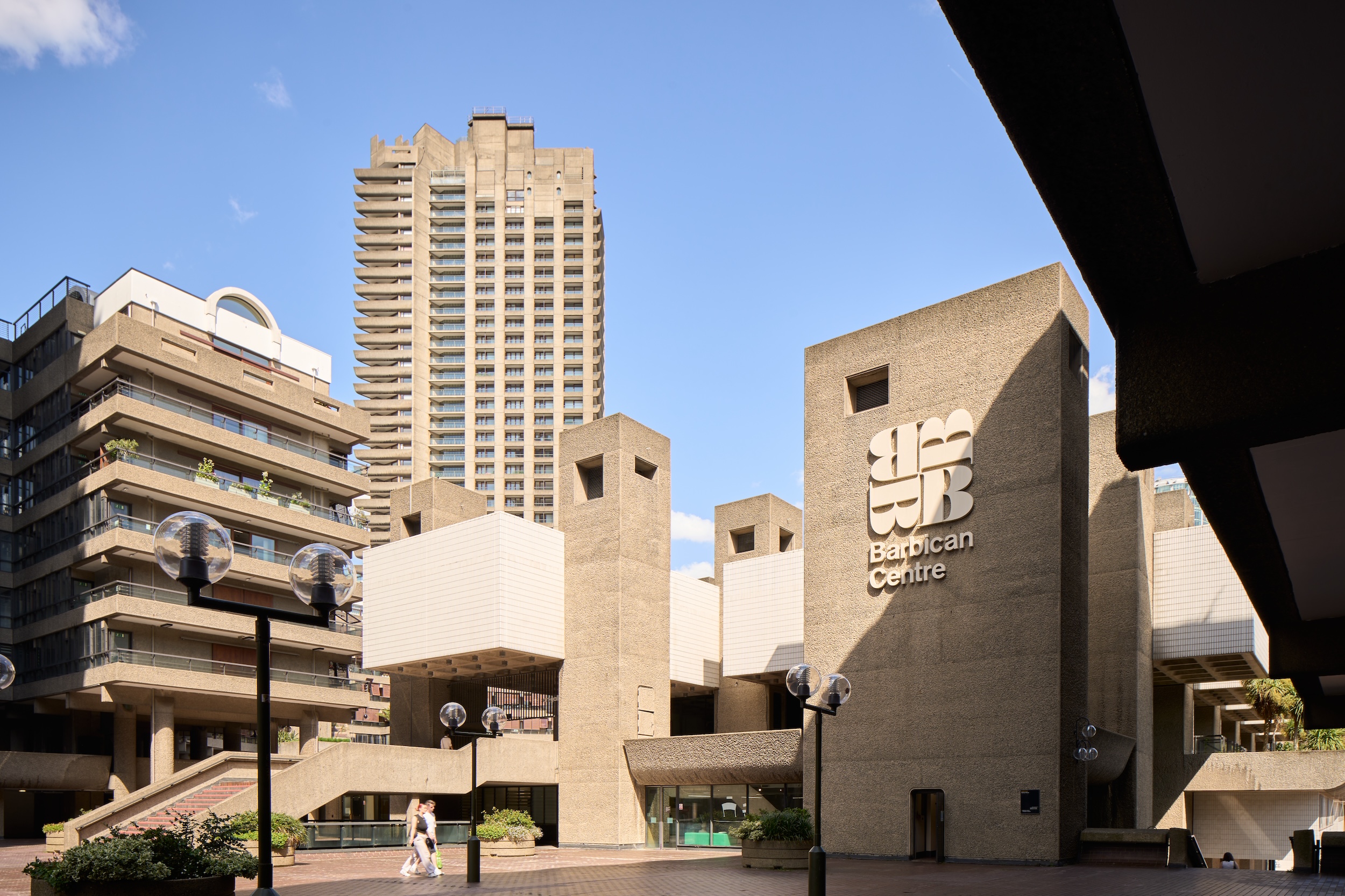 Warp Records announces its first event in over a decade at the Barbican
Warp Records announces its first event in over a decade at the Barbican‘A Warp Happening,' landing 14 June, is guaranteed to be an epic day out
By Tianna Williams
-
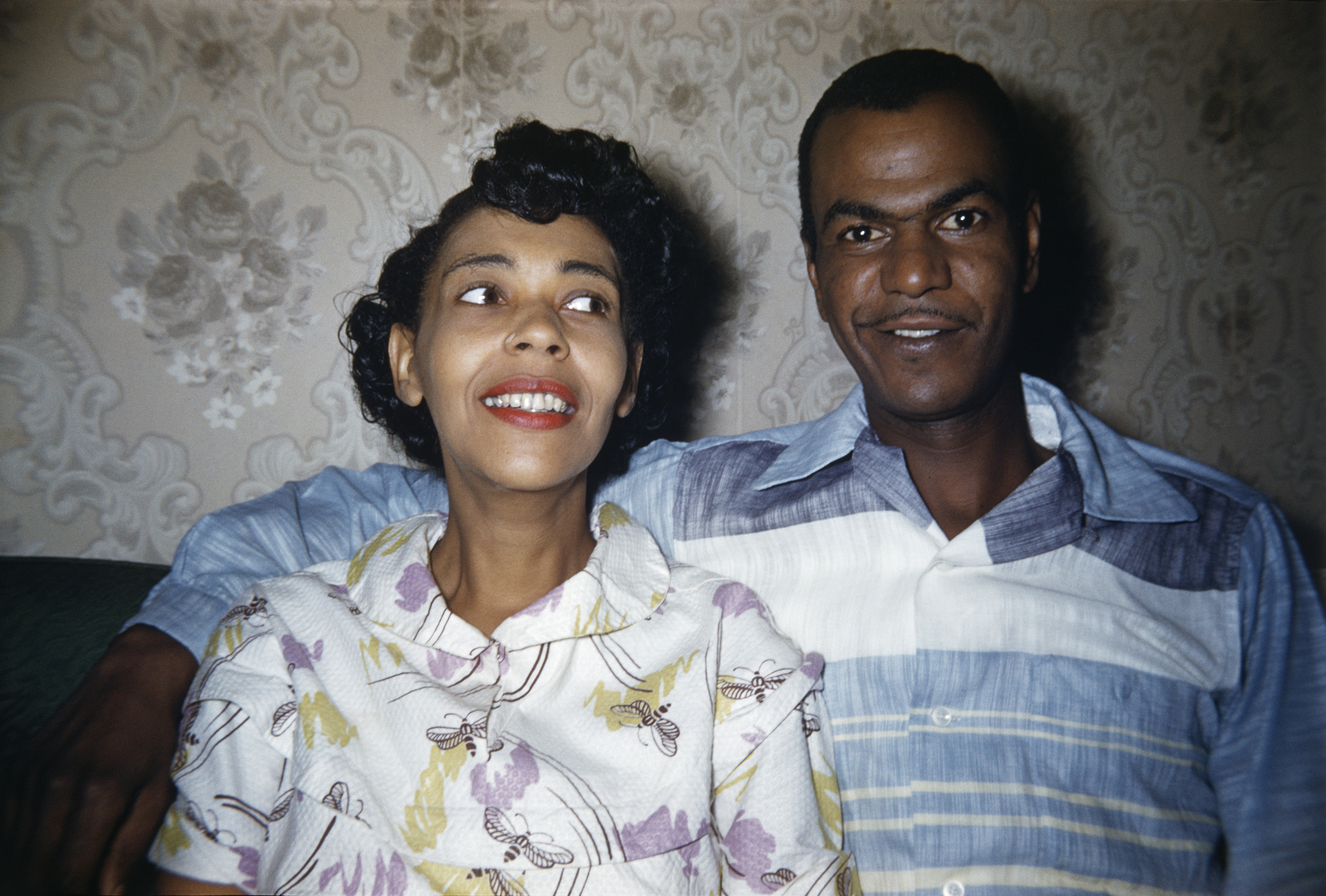 ‘Dressed to Impress’ captures the vivid world of everyday fashion in the 1950s and 1960s
‘Dressed to Impress’ captures the vivid world of everyday fashion in the 1950s and 1960sA new photography book from The Anonymous Project showcases its subjects when they’re dressed for best, posing for events and celebrations unknown
By Jonathan Bell
-
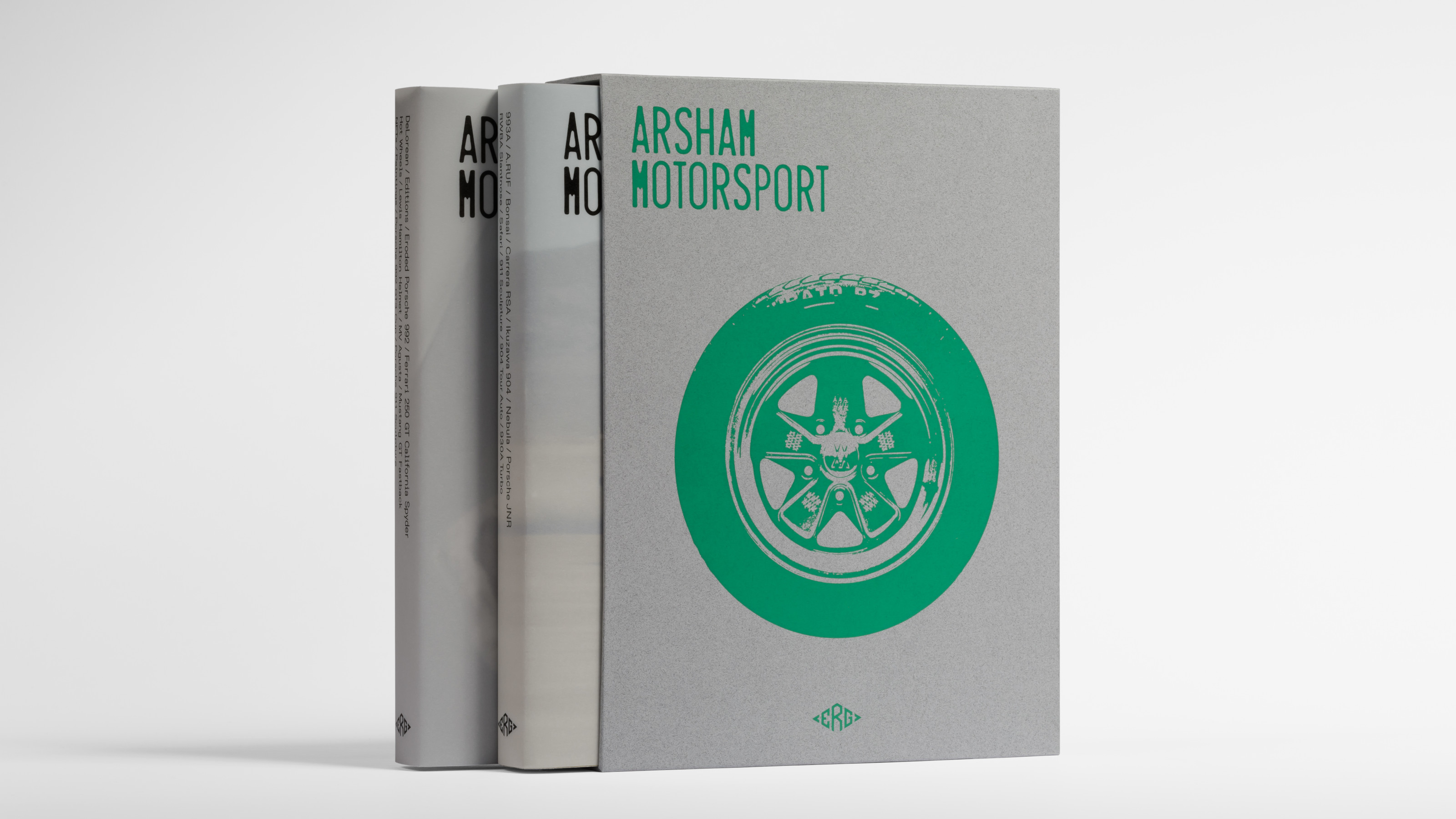 Daniel Arsham’s new monograph collates the works of the auto-obsessed American artist
Daniel Arsham’s new monograph collates the works of the auto-obsessed American artist‘Arsham Motorsport’ is two volumes of inspiration, process and work, charting artist Daniel Arsham’s oeuvre inspired by the icons and forms of the automotive industry
By Jonathan Bell
-
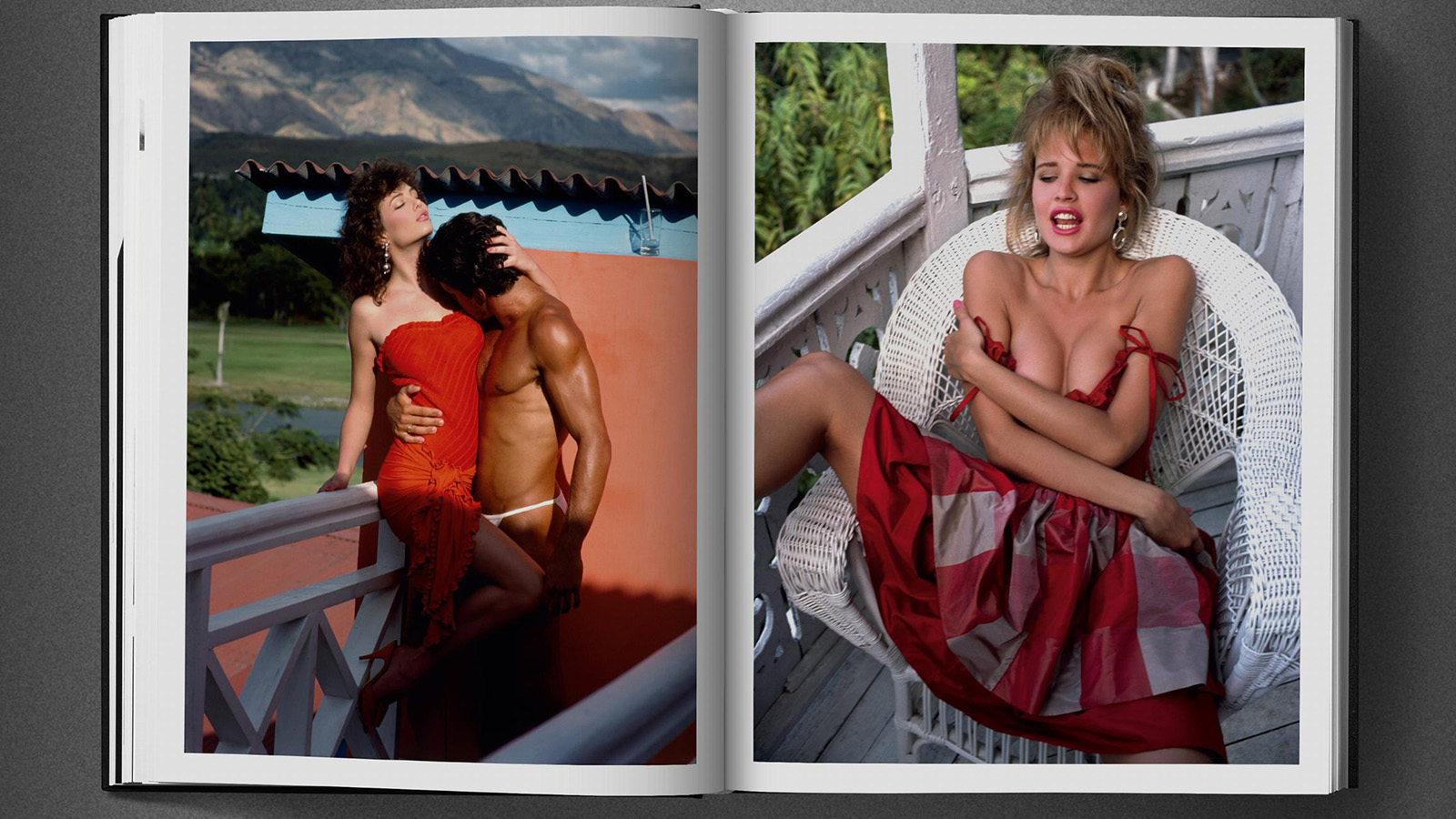 Era-defining photographer David Bailey guides us through the 1980s in a new tome not short of shoulder pads and lycra
Era-defining photographer David Bailey guides us through the 1980s in a new tome not short of shoulder pads and lycraFrom Yves Saint Laurent to Princess Diana, London photographer David Bailey dives into his 1980s archive in a new book by Taschen
By Tianna Williams
-
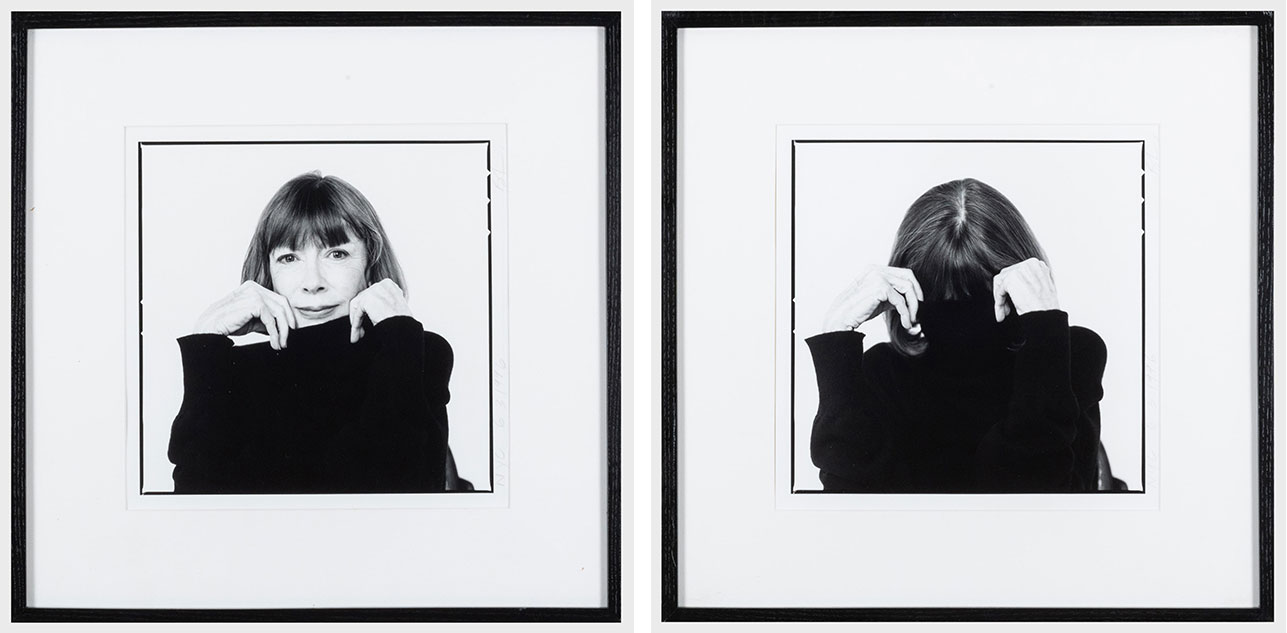 Inside Joan Didion’s unseen diary of personal relationships and post-therapy notes
Inside Joan Didion’s unseen diary of personal relationships and post-therapy notesA newly discovered diary by Joan Didion is soon to be published. Titled 'Notes to John', the journal documents her relationship with her daughter, husband, alcoholism, and depression
By Tianna Williams
-
 Carsten Höller’s new Book of Games: 336 playful pastimes for the bold and the bored
Carsten Höller’s new Book of Games: 336 playful pastimes for the bold and the boredArtist Carsten Höller invites readers to step out of their comfort zone with a series of subversive games
By Anne Soward
-
 Remembering Oliviero Toscani, fashion photographer and author of provocative Benetton campaigns
Remembering Oliviero Toscani, fashion photographer and author of provocative Benetton campaignsBest known for the controversial adverts he shot for the Italian fashion brand, former art director Oliviero Toscani has died, aged 82
By Anna Solomon
-
 Louis Fratino leans into queer cultural history in Italy
Louis Fratino leans into queer cultural history in ItalyLouis Fratino’s 'Satura', on view at the Centro Pecci in Italy, engages with queer history, Italian landscapes and the body itself
By Sam Moore
-
 How a sprawling new book honours the legacy of cult photographer Larry Fink
How a sprawling new book honours the legacy of cult photographer Larry Fink‘Larry Fink: Hands On / A Passionate Life of Looking’ pays homage to an American master. ‘He had this ability to connect,’ says publisher Daniel Power
By Jordan Bassett